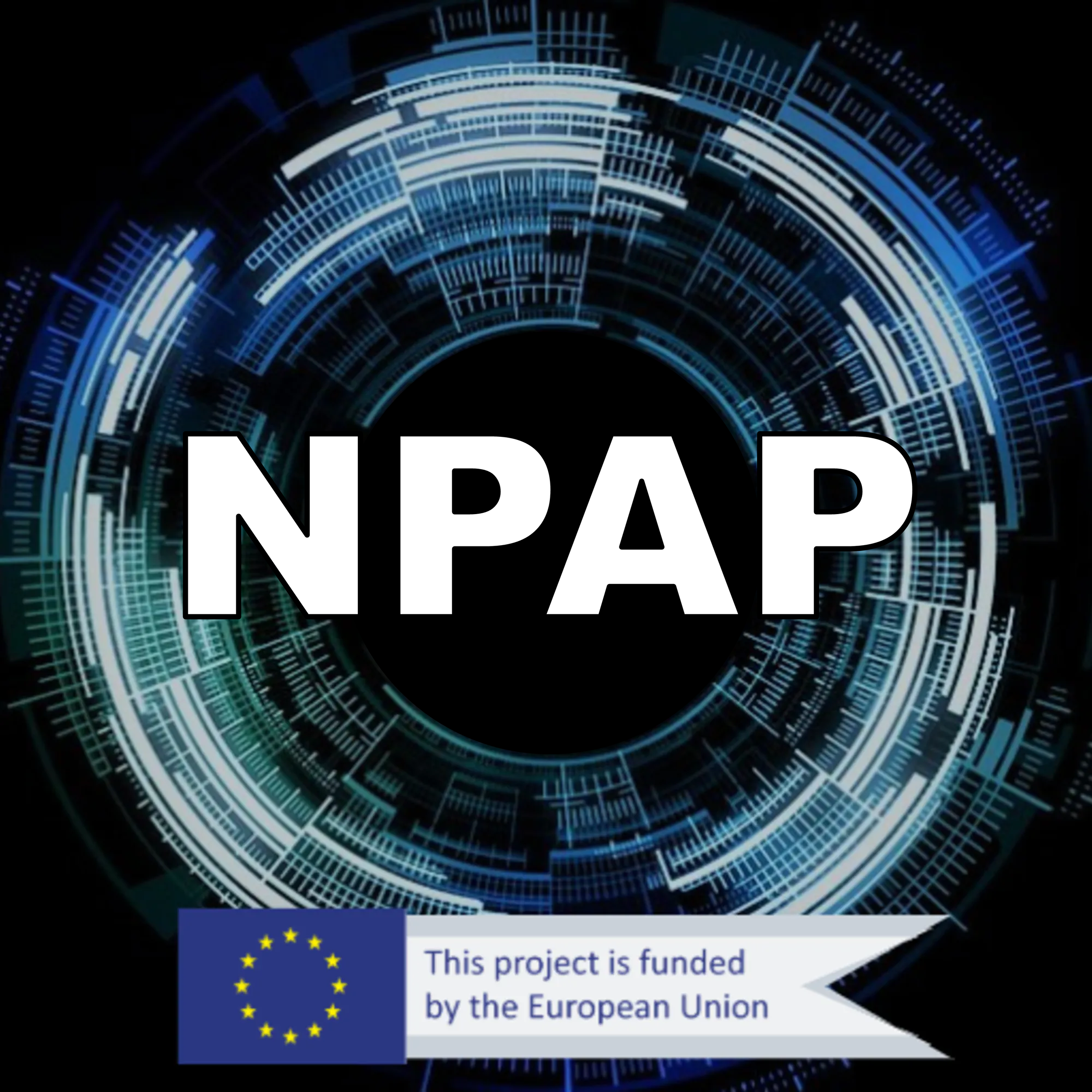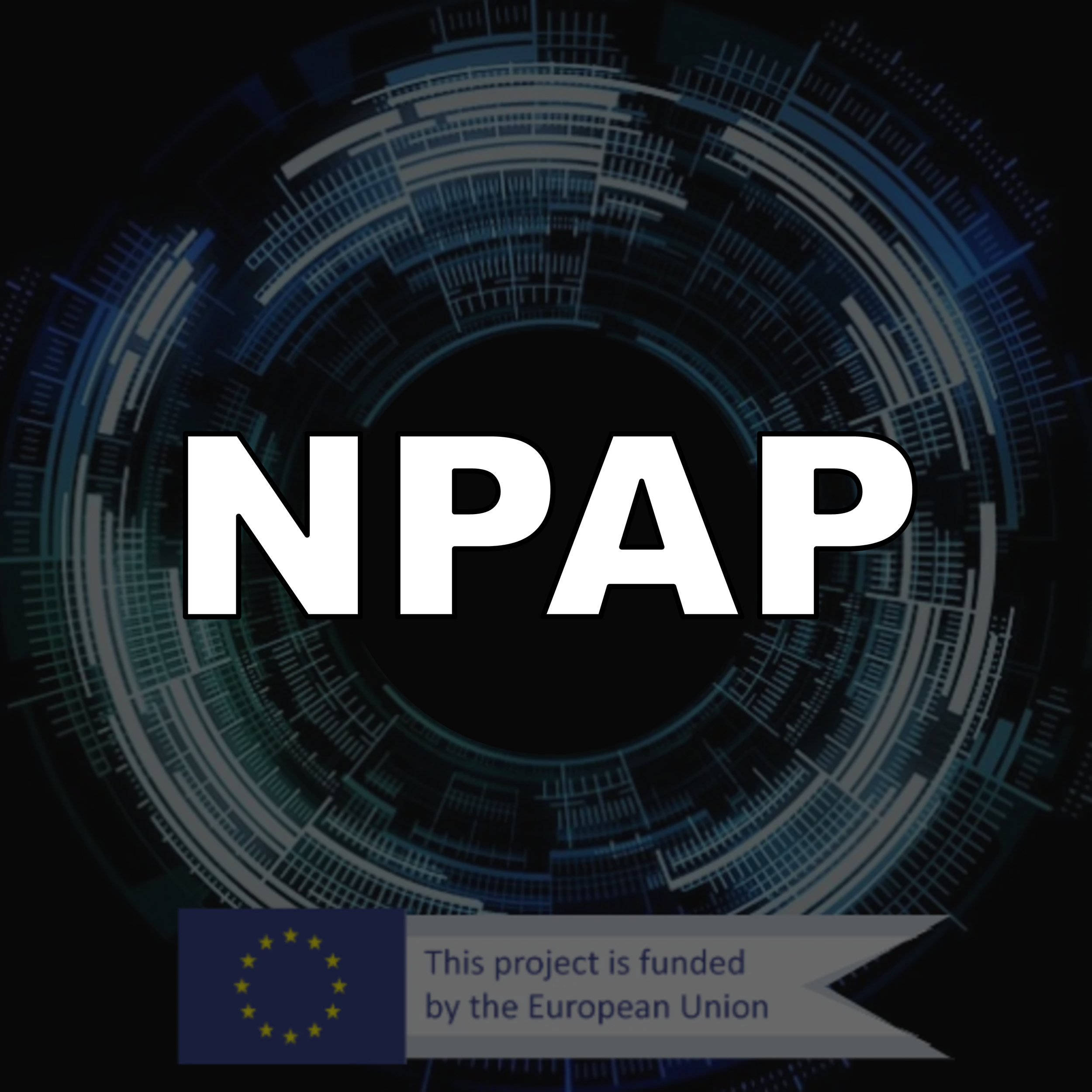Online Course (free) - Introduction to Particle Accelerators (NPAP MOOC 1)


Online Course (free) - Introduction to Particle Accelerators (NPAP MOOC 1)
MOOC on the Coursera platform (click here)
Did you know that in the year 2000 there were more than 15 000 particle accelerators in the world? Today there are 30 000 of them! A third of the particle accelerators are dedicated to medical applications, such as radiotherapy, and about half are used for ion implantation in semiconductor devices. Also numerous particle accelerators are used for sterilizing food. Despite these everyday life examples of small particle accelerators, it is the large accelerators - like the Large Hadron Collider at CERN - that most people associate with particle accelerators. There will be many new applications for particle accelerators in the future and therefore we have put together a MOOC that describes the techniques and applications of these machines.
Instructors:
Sverker Werin, Professor, Department of Accelerator Physics at the The MAX IV Laboratory
Mats Lindroos, Adjunct professor in Particle Physics, Lund university & Head of Accelerator Division at ESS
Francesca Curbis, PhD, Senior lecturer, Accelerator physics, Department of Physics at Lund University and MAX IV Laboratory
Erik Adli, Associate Professor, High Energy Physics, Dpet. of Physics, University of Oslo (UiO)
For any questions regading the programme contact Deana Nannskog deana.nannskog@education.lu.se, or Karima Kandi karima.kandi@education.lu.se
About
The NPAP series of MOOCs consists of three MOOCs designed to disseminate knowledge about particle accelerator technology to impacted fields. The courses have been made possible thanks to the support of the Erasmus Plus, Strategic Partnership funding of the European Commission and thanks to the dedicated lecturers from the universities of Lund, Uppsala, Arhus, Oslo and Jyväskylä, and by experts from the MAX IV Laboratory and European Spallation Source (ESS), both in Lund, Sweden.
In many of the lectures we detail the MAX IV Laboratory and ESS - currently hosting the most powerful synchrotron light source and neutron source in the world. In the MAX IV Laboratory intense X-ray beams are produced by electrons that are first accelerated to almost the speed of light, and at ESS protons will be accelerated and, by a process called spallation, generate intense beams of neutron. The X-ray and neutron beams are used for looking into matter, down to the atomic level. The MAX IV Laboratory and ESS form a unique European center of excellence for thousands of scientists that together build the world of tomorrow. We also take a closer look at the Large Hadron Collider, at CERN, in Geneva. This powerful machine has already had an immense impact on theoretical physics and will continue to contribute to our knowledge of nature for quite some time.
The first course in our NPAP series is the Introduction to Particle Accelerators. It explains how a particle accelerator can generate light of wavelengths down to one Angstrom. It also explains how the ESS facility can create a massive flux of neutrons by accelerating protons and let them smash into a disk of tungsten. The initial modules provide the basic knowledge about linear and circular accelerators that is required to understand other types of accelerators, like the Large Hadron Collider (LHC), at CERN in Geneva. We describe LHC and give an introduction to the elementary particle physics it is used for. We continue by describing some new concepts for future particle accelerators, like plasma driven accelerators.
Other MOOCs in this series
The second MOOC in the series is called "Fundamentals of Particle Accelerator Technology (NPAP MOOC)" and offers four modules: The Radio Frequency (RF) System of Accelerators; Magnet technology for accelerator; Beam Diagnostics; Basics of Vacuum techniques.
The third MOOC is - Medical Applications of Particle Accelerators, which offers the four modules: Introduction to the course and radiotherapy; Linear electron accelerators for radiotherapy; Proton therapy part I; Proton therapy part II and the production of medical radionuclides. The three MOOCs can be taken either separately or as a package. For students that intend to take all three courses we recommend that they are taken in order. Get started and join us on this journey through the world of particle accelerators and be amazed by their importance for our lives and societies!
